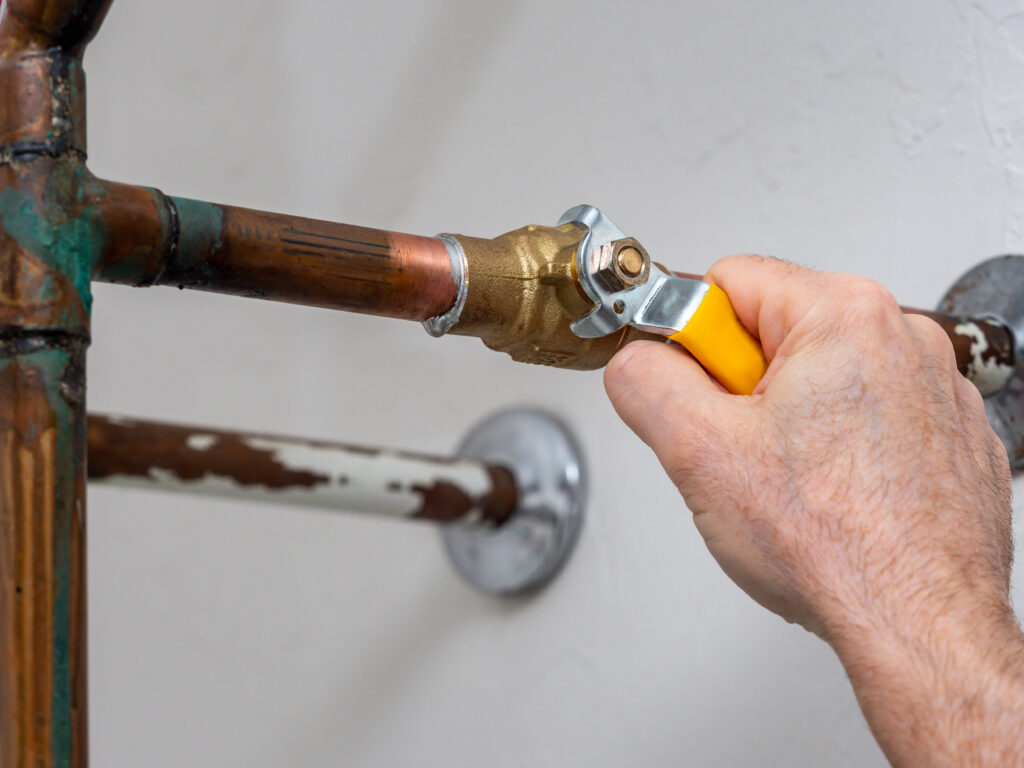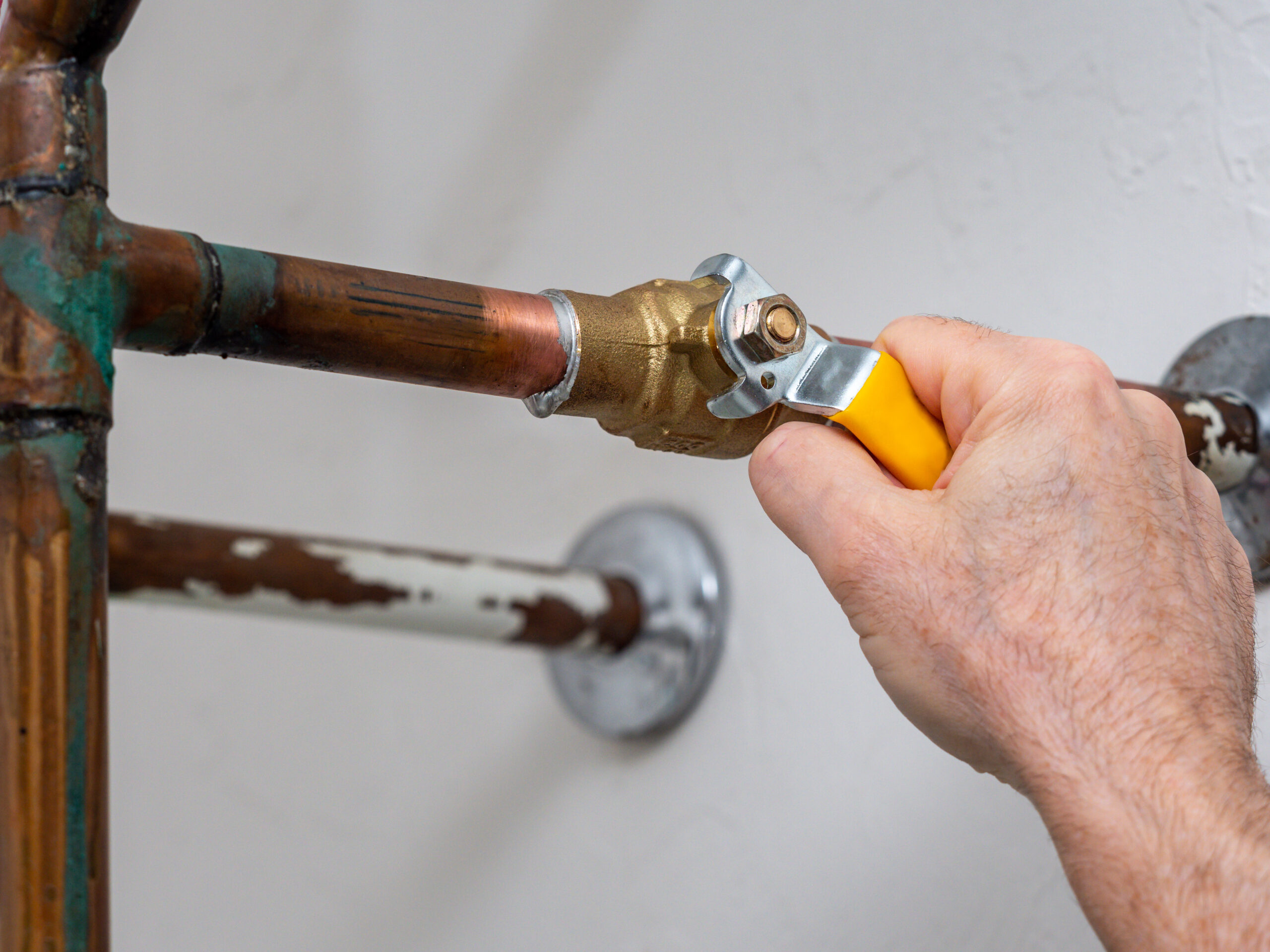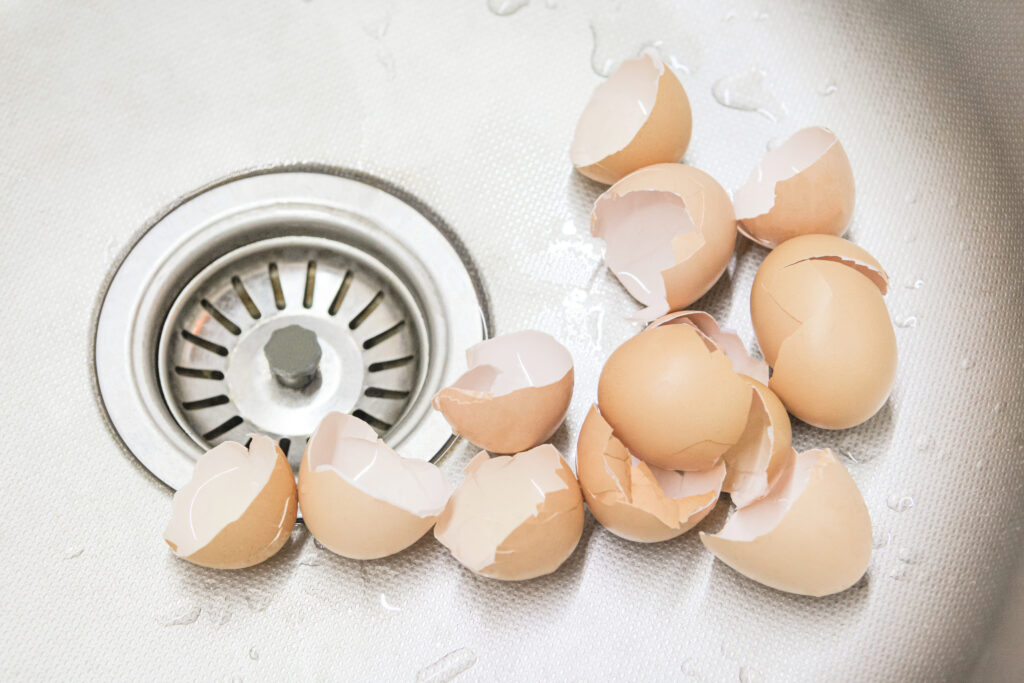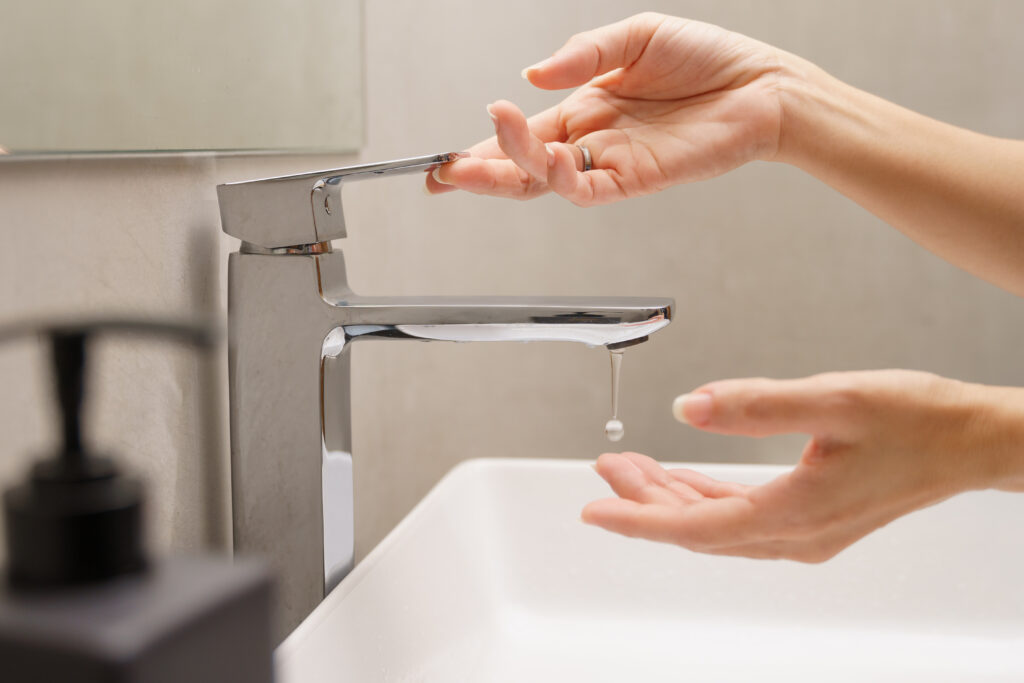Where Is the House Water Shut-Off Valve and Why It Matters More Than You Think
Okay, picture this. You’re standing in two inches of unexpected water in your laundry room. A pipe burst. You’re panicked, barefoot, and Googling frantically—where’s the dang water shut-off valve? Sound familiar? Most homeowners don’t think about their water shut-off valve until they absolutely have to, which is kind of backwards when you think about it. In this article, we’re diving into what a water shut-off valve is, why it’s a huge deal, how to find it (yep, in your own house), the importance of water line grounding, and how your home warranty fits into all this. Fun? Not exactly. Useful? One hundred percent.
What Is a Water Shut-Off Valve and How Does It Work?
The main water shut-off valve is essentially your home’s emergency brake for all things water-related. It controls the flow of water from your city or well source into your home. Twist it off, and voilà—water flow halts at the source. You’re not just turning off a faucet, you’re stopping water from even entering your pipes in the first place.
It typically works via a gate mechanism or a ball valve. In a gate valve, turning the wheel clockwise lowers a gate and restricts water flow. In a ball valve, a lever rotates a ball with a hole in it; turn it perpendicular to the pipe, and flow is cut off. It’s simple engineering doing heavy lifting. But here’s the kicker—you need to know where it is before things go sideways. Otherwise, water keeps gushing while you fumble through closets and cabinets.
Where Exactly Is the House Water Shut-Off Valve Located?
This is where it gets slightly treasure-hunt-y. In most single-family homes, the main shut-off valve is found on the perimeter of the house, typically on the side facing the street where your water main is located. It’s usually near your water meter. For slab foundations, it might be in the garage or utility room, possibly behind a panel. In colder climates, builders often install the shut-off inside to protect against freezing—usually in basements, crawl spaces, or just behind access panels inside the home.
If you’re in an apartment or condo, it’s more complicated. Sometimes, each unit has its own valve in the bathroom, kitchen, or a closet. Sometimes, you’ll have to coordinate with the building maintenance team or HOA. So it’s worth a quick check—even a photo of it on your phone—just so you’re not scrambling when your ceiling starts raining.
What Does “Grounded” Mean When It Comes to Plumbing?
Here’s where electricity sneaks into the plumbing chat and things get fuzzy for a second. When someone says your plumbing needs to be “grounded,” they’re talking about electrical grounding. Pipes, especially older metal ones, can carry stray electrical current due to faults in wiring. Grounding those metal pipes helps safely direct that unintended current back to the earth, where it dissipates. Think of it like the safety net for your wiring system—and your plumbing too.
Most modern homes already have a grounding system in place, connected to the electrical panel. And if your plumbing was swapped out from copper to PEX or PVC, your grounding path could’ve been interrupted. That can actually be a safety issue. So if you’re upgrading water lines or working on your system, it’s crucial to talk to a licensed plumber or electrician to ensure the grounding is intact.
Why You Should Know This Stuff Before a Home Warranty Claim
Knowing the location of your shut-off valve isn’t just good for emergencies—it can save you during a home warranty claim too. Picture this: You file a claim due to a leaky pipe, but damage keeps getting worse because you couldn’t stop the water. Some home warranty providers expect homeowners to take “reasonable steps” to prevent further damage. Not knowing—and not using—your shut-off valve? That could muddy the waters, literally and logistically.
Also, some warranty plans exclude coverage for pre-existing issues, including ones caused by outdated or improperly grounded pipes. That means documentation matters. If you’ve had your whole-house plumbing inspected and grounded properly, you’re likely in a better position when submitting a claim.
Common Problems with Shut-Off Valves (and How to Fix Them)
Maybe your valve is rusty. Maybe it won’t budge, or it leaks around the stem. Yep, that happens. Brass and iron valves can corrode over time, especially in damp environments like basements or crawl spaces. Exercise the valve once a year—that just means turning it off and on again to keep it from seizing. If the valve is stuck, a little penetrating oil might help, but if it’s obviously broken or leaking, that’s a job for a licensed plumber. Seriously, don’t improvise—your future self will thank you.
Tips for Locating and Labeling Your Shut-Off Valve
If you move into a new place, do yourself a favor and hunt down that valve in your first week—before you unpack your VPN router, even. Look outside near your street-facing wall, inside utility closets, basements, or garages. If your home has a well, the shut-off is likely near your pressure tank. Once you find it, test it. Make sure it’s working. Then grab a sharpie, a label, or some flaming-red duct tape and mark it clearly. If you ever need to direct a family member, friend, or plumber to it fast, you’ll be glad you did.
Wrap-Up: Take Control—and Tie It Back to Your Home Warranty
Understanding your home’s main water shut-off valve and proper plumbing grounding isn’t just smart—it’s critical. It gives you the power to stop emergencies in their tracks and protect your space, your stuff, and your sanity. And when something does go wrong, this kind of know-how puts you in a better position for fast, smooth home warranty claims.
At Armadillo, we believe that every homeowner should feel confident they can handle surprise repairs like a burst pipe or faulty shut-off valve, without losing control (or their weekend plans). That’s why our home warranty plans are designed to cover your systems and appliances with flexible coverage and stress-free service, even when life gets messy.
Ready to build a plan that fits your home like a glove? Explore our flexible coverage options at Armadillo’s website, or start building your custom plan right now with our easy Plan Builder Tool.
Don’t wait for a plumbing disaster to learn how your house works. Get ahead of it—Armadillo’s got your back.


























